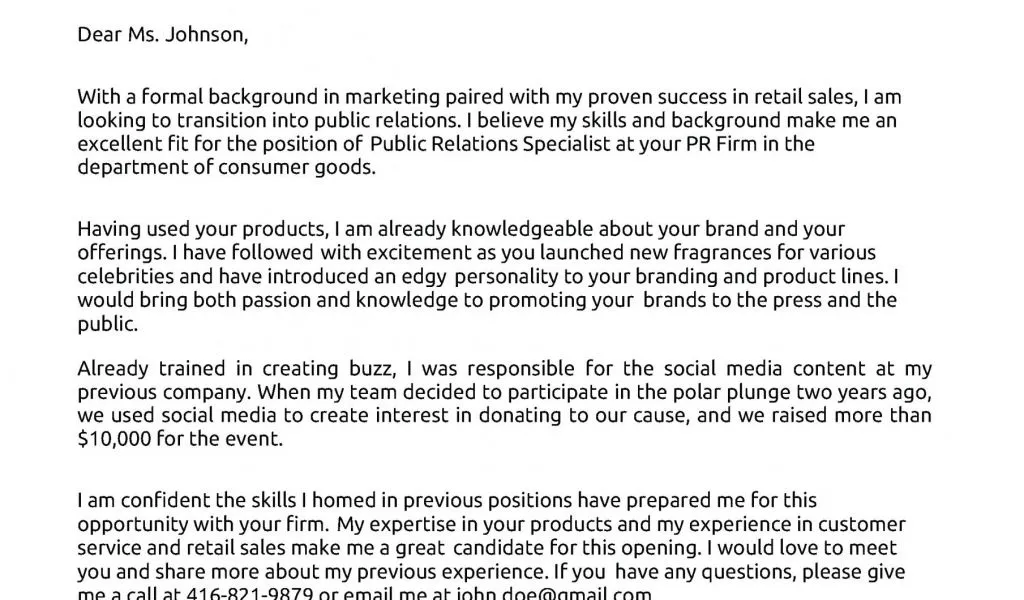Understanding the Importance of a Winning Resume
Your resume is more than just a list of your past jobs; it’s your first impression on potential employers. It’s a concise marketing document that showcases your skills, experience, and accomplishments, all designed to convince the hiring manager that you are the best candidate for the job. A well-crafted resume is crucial in today’s competitive job market, as it significantly increases your chances of getting an interview. It highlights your value proposition, quickly informing the employer what you can bring to the table. A poorly written resume can lead to your application being overlooked, regardless of your qualifications. Therefore, investing time and effort into crafting a winning resume is an essential step in any job application process. The goal is to stand out, capturing the attention of recruiters and securing that all-important interview.
Key Elements of a Strong Resume
Contact Information
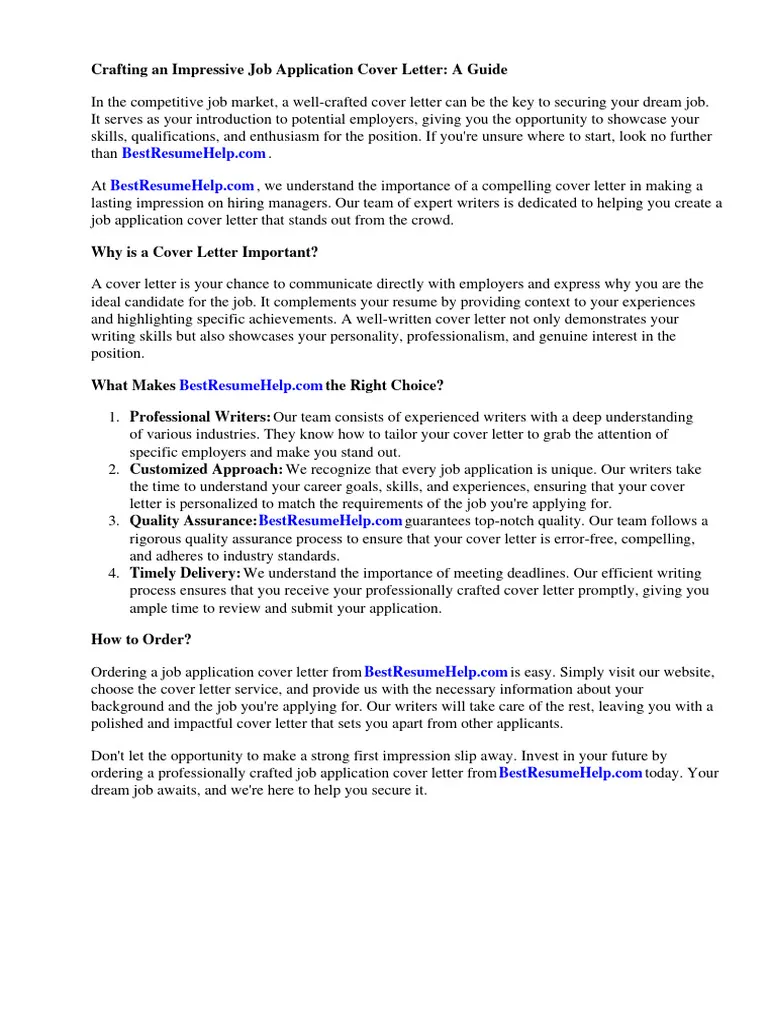
Your contact information should be prominently displayed at the top of your resume. This section should include your full name, phone number, professional email address, and optionally, a link to your LinkedIn profile or professional website. Ensure the email address is professional and up-to-date. Double-check the phone number for accuracy. This is how recruiters will reach you, so accuracy is key. Avoid using nicknames and consider a professional headshot on your LinkedIn profile to boost your chances.
Summary or Objective
A summary or objective statement provides a brief overview of your skills and career goals. A summary is generally used by experienced professionals, highlighting key skills and accomplishments, while an objective is more suitable for entry-level candidates, stating their career aspirations. Keep it concise, ideally within 2-3 sentences. Tailor this section to match the specific job requirements. The goal is to immediately grab the reader’s attention and indicate your suitability for the role.
Skills Section
The skills section showcases your abilities relevant to the job. Categorize your skills for clarity – for instance, technical skills, soft skills, and industry-specific skills. Include both hard skills (technical proficiencies) and soft skills (interpersonal abilities). Use keywords from the job description to align your skills with the employer’s needs. This section should be easily scannable and demonstrate your capabilities at a glance. Focus on the skills most relevant to the job and the industry.
Work Experience
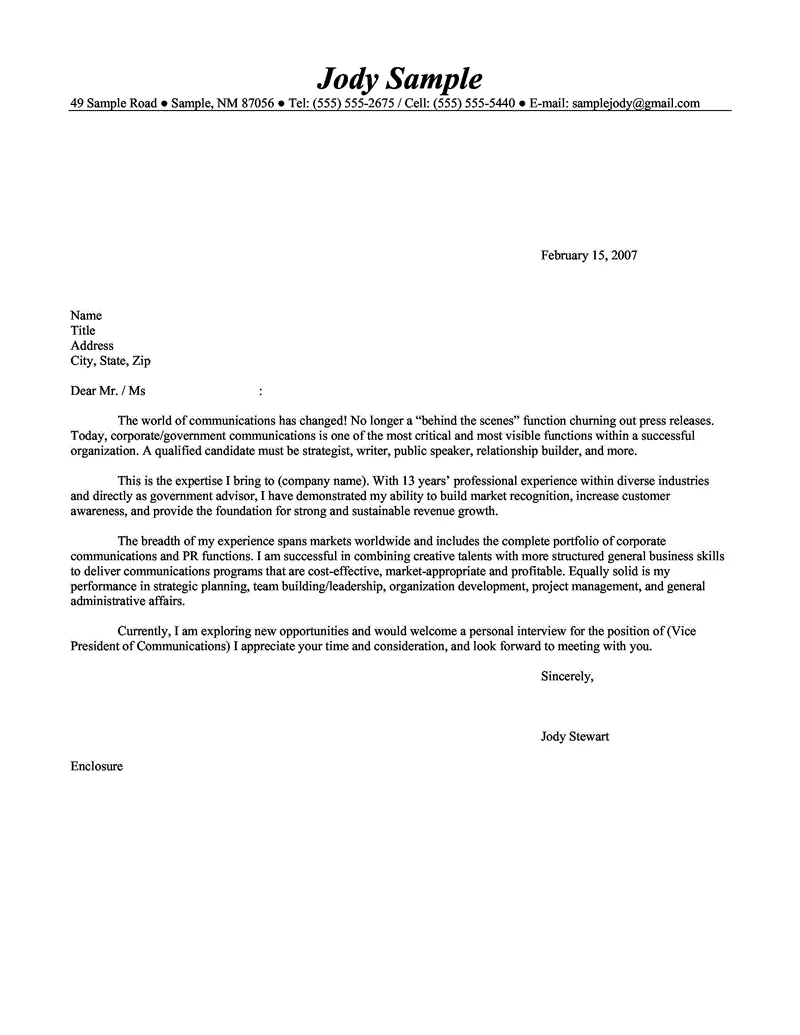
This is the core of your resume, detailing your previous work experience. For each position, include the job title, company name, dates of employment, and a concise description of your responsibilities and achievements. Use action verbs to start each bullet point. Quantify your accomplishments whenever possible, using numbers and data to demonstrate your impact. Prioritize relevant experience, and list your jobs in reverse chronological order. Be specific and provide context to show the value you brought to your previous roles. Focus on achievements rather than just listing duties.
Education
Include the name of the institution, degree earned, and graduation date. If you have limited work experience, you may include relevant coursework, GPA (if it’s high), and any academic honors. For experienced professionals, the education section can be less detailed. Always list your degrees in reverse chronological order. If you have multiple degrees, prioritize those most relevant to the jobs you are applying for. Consider omitting the graduation date if it is more than 10 years ago.
Additional Sections to Consider
Consider adding sections such as certifications, awards, volunteer experience, or projects to further highlight your qualifications. This section should be customized based on the job requirements. Ensure all information is relevant and adds value to your application. If you have significant volunteer work or projects, it can demonstrate your skills and commitment. Tailor the content to align with the job description.
Formatting and Design Tips
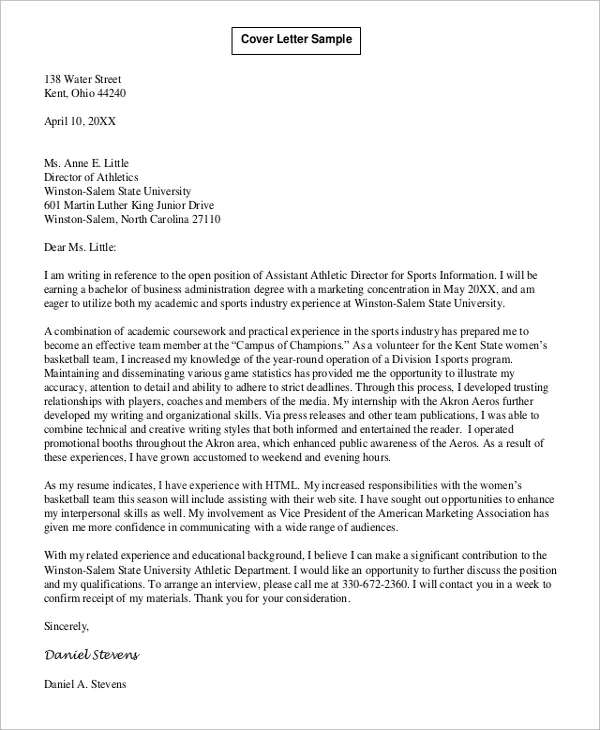
Choosing the Right Resume Format
Select a resume format that best suits your experience level and the job you are applying for. The most common formats are chronological, functional, and combination. Chronological resumes are the most traditional, focusing on work history in reverse chronological order. Functional resumes emphasize skills and de-emphasize work history, which can be useful for career changers or those with gaps in employment. Combination resumes blend elements of both chronological and functional formats. Consider the industry and the specific job requirements when selecting the format.
Font and Readability
Choose a professional and easy-to-read font, such as Arial, Calibri, or Times New Roman, with a font size between 10 and 12 points. Avoid using overly decorative fonts, which can distract the reader. Ensure sufficient white space to make the resume visually appealing and easier to scan. A clean and uncluttered design enhances readability, making it easier for the recruiter to find the key information quickly. The goal is to make the resume easy to read and digest.
White Space and Visual Appeal
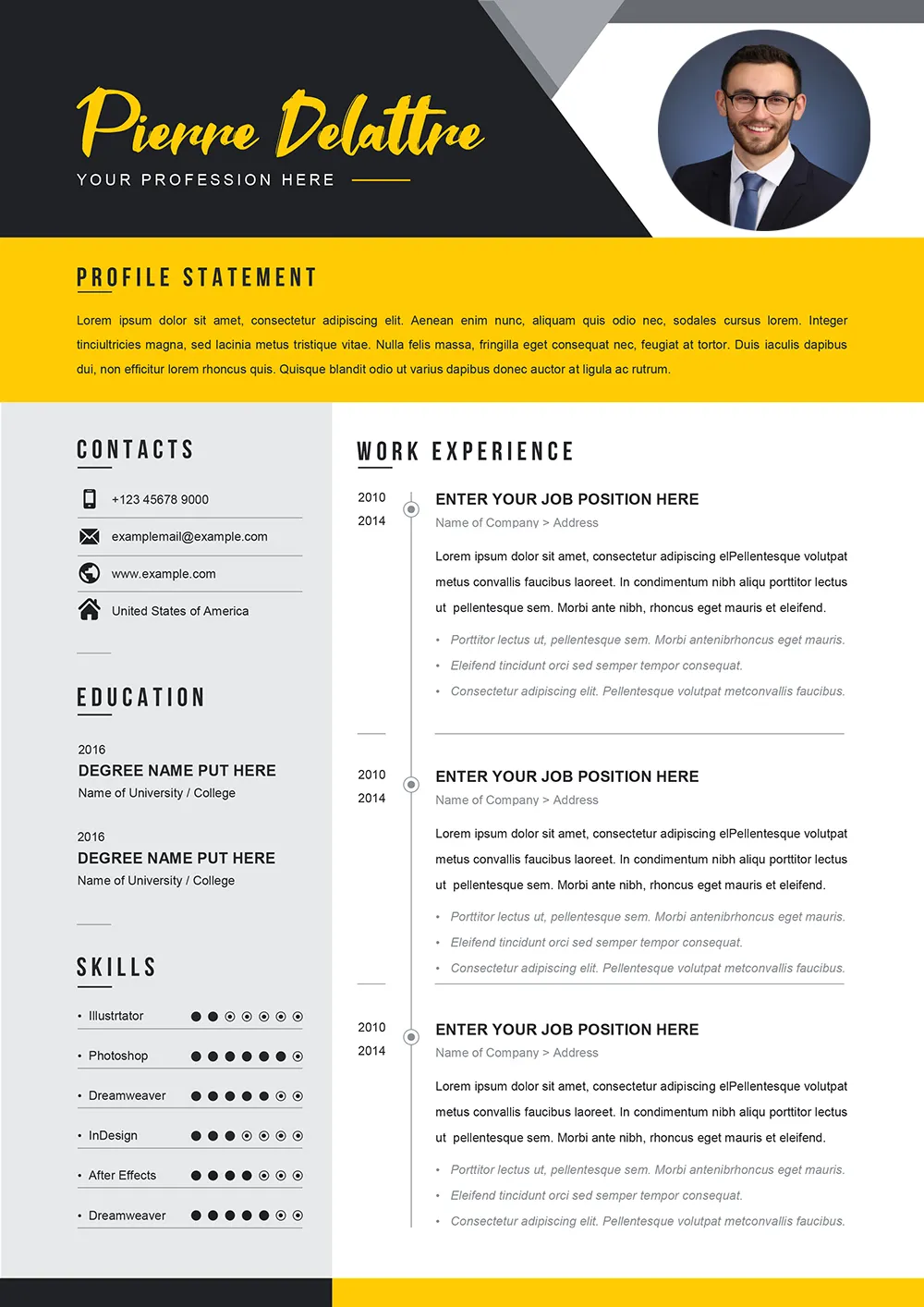
Use white space strategically to improve readability. Avoid crowding the page with too much text. Proper use of white space creates a visual hierarchy, guiding the reader’s eye to the most important information. Use headings, bullet points, and concise paragraphs. A well-designed resume is more likely to capture the reader’s attention and make a positive impression. Ensure consistent formatting throughout the document.
Keywords and Applicant Tracking Systems
Identifying Relevant Keywords
Carefully review the job description and identify the keywords used. These are the terms and phrases that the employer considers most important for the role. Incorporate these keywords naturally throughout your resume, especially in the skills section and work experience descriptions. Keywords are crucial for applicant tracking systems (ATS), which scan resumes for relevant terms. The goal is to match the keywords in your resume with the job description to increase your chances of passing the ATS scan.
Optimizing for ATS
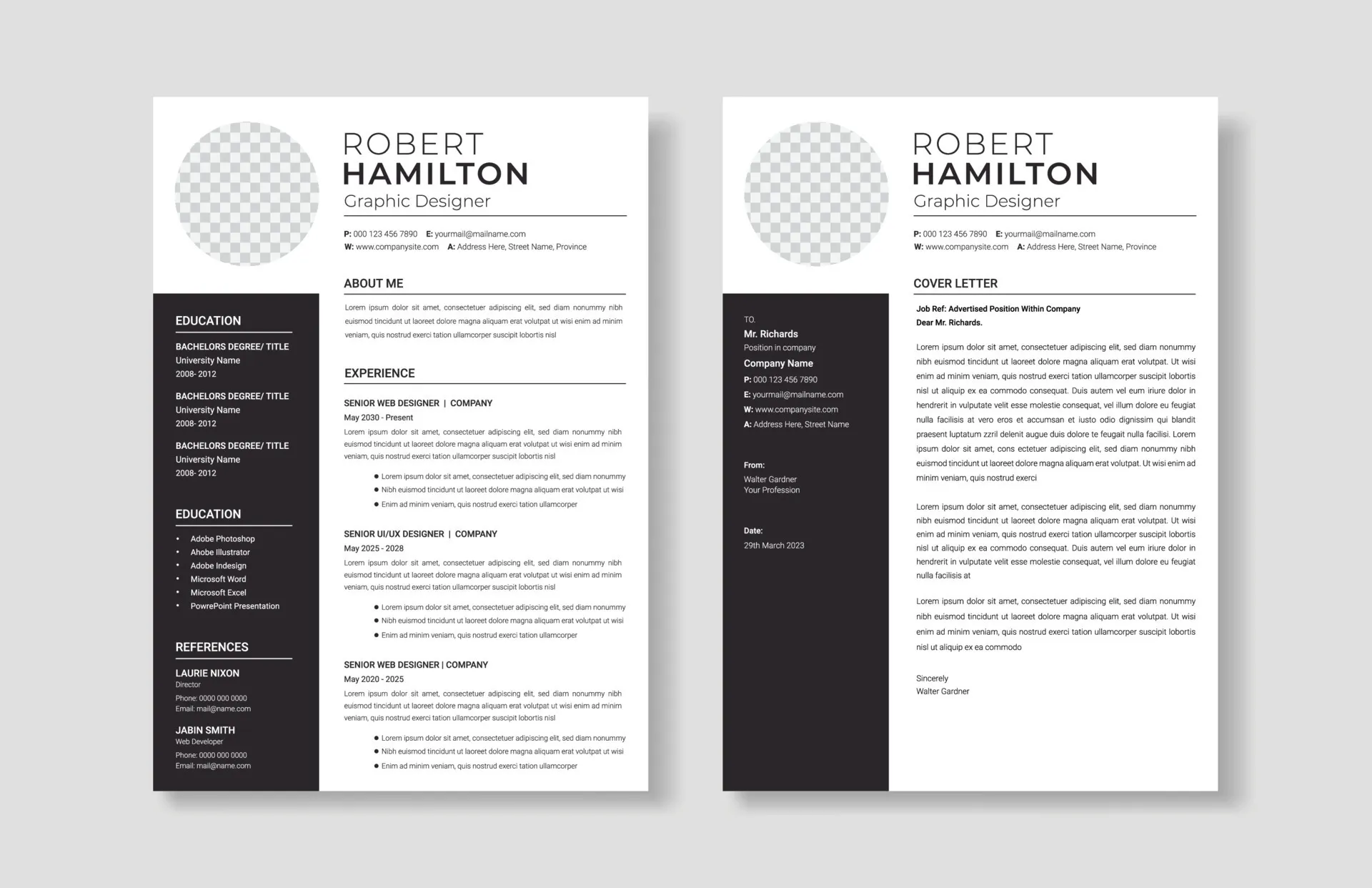
Applicant tracking systems (ATS) are used by many companies to screen resumes. To optimize your resume for ATS, use a simple, clean format, avoid tables and graphics, and use standard fonts. Use clear section headings. Ensure your resume is easily scannable. ATS often struggle with complex formatting. Use keywords naturally and avoid keyword stuffing. Save your resume as a .doc or .docx file, as some ATS may not process PDFs correctly.
Writing Effective Bullet Points
Action Verbs and Quantifiable Results
Start each bullet point with a strong action verb, such as “Managed,” “Developed,” “Implemented,” or “Led.” Quantify your achievements whenever possible, using numbers, percentages, or specific data to demonstrate your impact. Use the STAR method (Situation, Task, Action, Result) to structure your bullet points, providing context and showcasing the outcomes of your actions. Bullet points should be concise, impactful, and results-oriented. Focus on what you achieved and how you contributed to previous organizations.
Highlighting Achievements
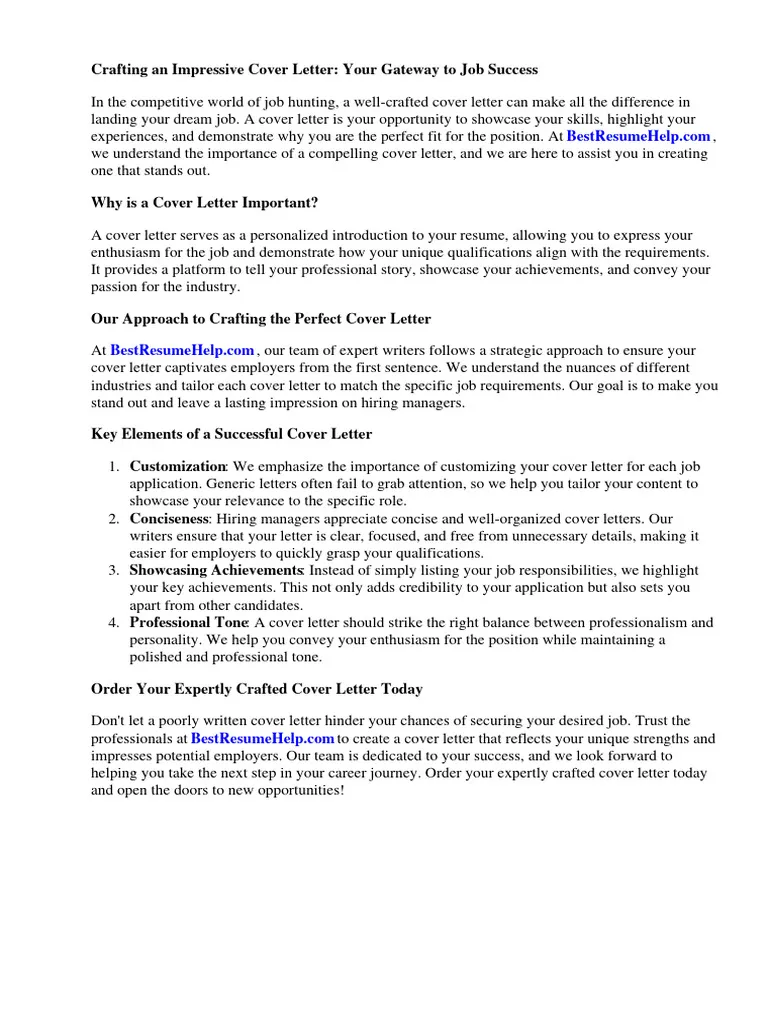
Focus on your accomplishments rather than just listing your responsibilities. Highlight your achievements by quantifying your results whenever possible. For example, instead of writing “Managed social media accounts,” write “Increased social media engagement by 30% in six months.” Use the results to showcase your value. Tailor your achievements to match the job requirements. The goal is to demonstrate the value you brought to your previous roles.
Proofreading and Editing
Common Resume Mistakes to Avoid
Avoid common mistakes, such as typos, grammatical errors, and inconsistent formatting. Don’t include irrelevant information or personal details. Avoid using clichés or jargon that may not be universally understood. Make sure the file name is professional. Ensure that your resume is tailored to the specific job requirements, and avoid sending a generic resume. Ensure there are no gaps in employment or unexplained periods of inactivity. Ensure all information is truthful and accurate.
Proofreading for Errors
Thoroughly proofread your resume for any errors in grammar, spelling, and punctuation. Use a spell checker, but also read through the document multiple times, as spell checkers may not catch all errors. Have a friend or family member review your resume for a fresh perspective. Ensure consistency in formatting, font, and style. A polished resume demonstrates your attention to detail. Proofread again before submitting. The goal is to present a professional and error-free document.
Tailoring Your Resume for Specific Jobs
Customize your resume for each job application. Review the job description carefully and tailor your resume to highlight the skills and experiences that are most relevant to the position. Modify your summary or objective, skills, and work experience sections to align with the specific requirements of the role. Use keywords from the job description throughout your resume. Tailoring your resume increases your chances of getting noticed by the hiring manager. The goal is to make your resume as relevant as possible to the specific job you’re applying for.
